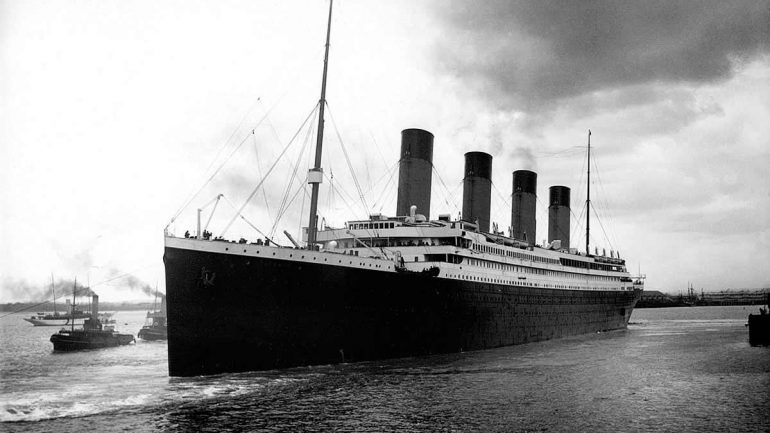When the RMS Titanic sank on the 15th of April 1912 claiming over 1500 lives she took with her the pride and dreams of a city. What took just 180 minutes to disappear had taken the people of Belfast millions of man hours to build.
Before construction could begin they had to carve a vast new dock from the cities marshland, they shaped acres of steel to form a hull they believed to be unsinkable, they had installed two engines which were both two stories tall to power the Titanic across the atlantic ocean and their finest craftsman had toiled to create an interior that rivalled the grandest hotels in Europe.
Today the place in which the great ship was launched is derelict and deserted but this film sets out build a picture of how it looked in its heyday, home to an army of dedicated workers, the largest shipyard in the world. Finding traces of the massive structures which once stood there and the vast recourse which were deployed, discovering the harsh conditions the men lived and worked in, revealing evidence of skill, determination and extraordinary ambition.
It all ended in catastrophe but what happened here was remarkable, this film sets out to reconstruct the world of the men who set out to build the biggest ship in history.





This film takes us back to the Titanic’s construction site, once the world’s largest shipyard, now deserted but rich in history. The filmmakers aim to recreate its vibrant past, from the massive steel hull and towering engines to the skilled workers who built it all. Watching this story unfold, it’s clear how helpful digital construction management software would have been for organizing such a huge and complex project. This software could streamline coordination and resource tracking, supporting teams in managing a construction as ambitious as Titanic’s. For modern projects, digital tools make work smoother and more efficient, even on a grand scale.